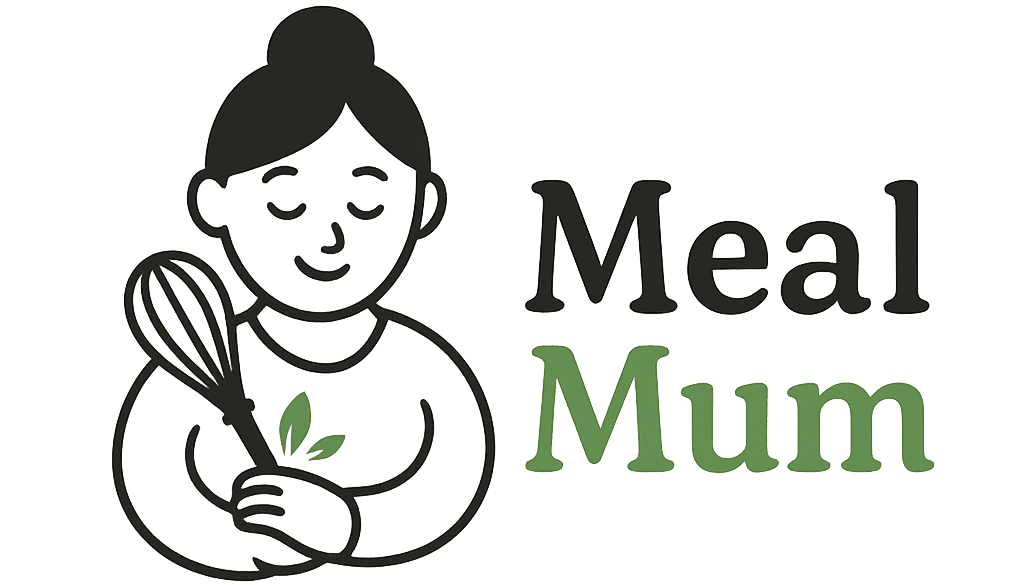Introduction to Cheesy Vegetable and Ham Frittata Delight
Delve into the delightful world of frittatas with this Cheesy Vegetable and Ham Frittata Delight. This versatile dish is perfect for breakfast, brunch, or even a light dinner. Loaded with protein, vibrant vegetables, and a melty cheese blend, it offers a satisfying meal that appeals to both adults and children alike. In this article, we’ll explore the ingredients, step-by-step preparation, the nutritional benefits, and the versatility of this delicious frittata recipe.
Ingredients
– 6 large eggs
– 1 cup diced ham
– 1 cup fresh spinach, chopped
– 1 cup bell peppers, diced (mix of red and green)
– 1/2 cup onion, finely chopped
– 1 cup shredded cheese (cheddar, mozzarella, or a blend)
– 1/2 cup cherry tomatoes, halved
– 1/4 cup milk
– 2 tablespoons olive oil
– Salt and pepper to taste
Instructions
1. Preheat your oven to 375°F (190°C).
2. In a large skillet, heat the olive oil over medium heat. Add the chopped onion and diced bell peppers, sautéing until they become soft and fragrant, about 5 minutes.
3. Stir in the diced ham and continue sautéing for an additional 2-3 minutes until heated through.
4. Add the chopped spinach and halved cherry tomatoes to the skillet, stirring gently until the spinach wilts, about 2 minutes.
5. In a separate bowl, whisk together the eggs, milk, salt, and pepper until well combined.
6. Pour the egg mixture over the sautéed vegetables and ham in the skillet, ensuring even distribution.
7. Sprinkle the shredded cheese evenly over the top.
8. Transfer the skillet to the preheated oven and bake for 20-25 minutes, or until the frittata is set and the top is golden brown.
9. Allow the frittata to cool slightly before slicing and serving.
Understanding Frittatas: A Culinary Overview
Exploring the Origins of Frittatas
Frittatas have their roots in Italian cuisine, where they are traditionally made with eggs and various ingredients that reflect local flavors. Unlike omelets, which are folded and often filled, frittatas are more akin to a crustless quiche. They are cooked slowly and can be finished in the oven, allowing for a fluffy texture and a beautiful presentation.
The Versatility of Frittatas
One of the most appealing aspects of frittatas is their adaptability. Almost any combination of vegetables, meats, and cheeses can be used, making them a popular choice in many cuisines around the world. Whether you prefer a classic combination of ingredients or wish to experiment with seasonal produce, frittatas provide a canvas for creativity in the kitchen.
Ingredients Breakdown for Cheesy Vegetable and Ham Frittata Delight
Essential Components of the Recipe
The key ingredients in the Cheesy Vegetable and Ham Frittata Delight work together to create a dish that is not only flavorful but also nutritious. Eggs serve as the base, providing protein and essential vitamins. Ham adds a savory touch, while the assortment of vegetables contributes to both flavor and texture. The cheese brings a creamy richness that binds the dish together.
Nutritional Benefits of Key Ingredients
– Eggs: Rich in protein and essential nutrients, eggs are a great source of choline, which supports brain health.
– Spinach: Packed with vitamins A and C, spinach is also high in iron and antioxidants, making it a true superfood.
– Bell Peppers: These colorful veggies are low in calories and high in vitamins, particularly vitamin C, which aids in immune function.
– Ham: A good source of protein, ham adds flavor and substance to the frittata, but should be consumed in moderation due to its sodium content.
Step-by-Step Instructions for Preparing the Frittata
Preheating the Oven: Setting the Stage
Preheating the oven is a crucial step in the frittata-making process. It ensures that the dish cooks evenly and achieves the desired texture. A hot oven helps to set the eggs quickly, preventing them from becoming rubbery.
Sautéing Vegetables: Creating Flavor Foundations
The sautéing process is vital for developing the flavors in your frittata. Cooking onions and bell peppers until they are soft not only enhances their sweetness but also creates a flavorful base for the dish. Proper sautéing also allows for the release of essential oils and flavors that will infuse the entire frittata.
Incorporating Spinach and Tomatoes: Nutritional Powerhouses
When adding spinach and tomatoes, it’s important to cook them just enough to maintain their vibrant color and nutrients. Spinach should be wilted but still bright green, while tomatoes should be slightly softened but not mushy, adding freshness to the dish.
Crafting the Egg Mixture: Whisking to Perfection
To create a rich egg mixture, whisk the eggs with milk until smooth and well combined. Seasoning the mixture with salt and pepper is key to enhancing the overall flavor of the frittata. The addition of milk contributes to a creamy texture, ensuring that each bite is deliciously satisfying.

Combining Ingredients: Ensuring Even Distribution
To create a well-balanced frittata, it’s essential to combine the egg mixture thoroughly with the sautéed vegetables and ham. Start by whisking the eggs in a large bowl until fully blended, then season with salt and pepper. Once the vegetables and ham have cooled slightly after sautéing, add them to the egg mixture. Gently fold the ingredients together using a spatula, ensuring that the vegetables and ham are evenly distributed throughout the eggs. This technique not only enhances the flavor of the frittata but also ensures that every bite is packed with delicious ingredients.
Baking the Frittata: Achieving the Perfect Texture
Baking the frittata is a critical step in achieving that perfect fluffy texture. Preheat your oven to 375°F (190°C) before pouring the mixture into a greased oven-safe skillet. Bake for about 25 to 30 minutes, or until the edges are set and the center is just slightly jiggly. To check for doneness, insert a knife into the center; it should come out clean. For a golden top, consider broiling the frittata for the last 2-3 minutes of cooking. Keep a close eye during this step to prevent burning. The result should be a beautifully risen frittata with a slightly crisp surface.
Finishing Touches: Serving Suggestions
When it comes to serving your frittata, presentation matters. After removing it from the oven, let it cool for a few minutes before slicing into wedges. Garnish each slice with fresh herbs such as parsley or chives for a pop of color and added flavor. A dollop of sour cream or a sprinkle of grated cheese on top can elevate the dish further. Serve the frittata warm or at room temperature, making it a versatile choice for brunch or dinner.
Serving Ideas and Pairings for the Frittata
Complementary Sides for a Complete Meal
To create a well-rounded meal, consider pairing your frittata with a fresh garden salad dressed in a light vinaigrette. The crispness of the salad complements the richness of the frittata beautifully. Additionally, crusty bread can be served on the side, perfect for soaking up any extra egg or cheese. For a sweeter touch, a fruit platter featuring seasonal fruits can provide a refreshing contrast to the savory dish.
Ideal Beverages to Accompany Your Meal
Pair your frittata with beverages that enhance its flavors. A freshly brewed cup of coffee or espresso can be an excellent choice for breakfast or brunch. If you’re serving the frittata for lunch or dinner, opt for a light white wine, such as Sauvignon Blanc, which pairs well with the dish’s richness. For a non-alcoholic option, consider serving sparkling water with a slice of lemon or a refreshing iced tea.
The Frittata in Different Cultures
Variations Around the World
Frittatas have inspired various interpretations across different cultures. In Italy, a similar dish called “frittata” is often made with seasonal vegetables and can include potatoes. Spanish “tortilla” is another variation, typically featuring eggs and potatoes and cooked slowly until set. Exploring these variations can add an exciting twist to your cooking repertoire.
Cultural Ingredients and Techniques
Incorporating unique ingredients from different cuisines can personalize your frittata. For instance, adding spices like cumin or harissa can introduce North African flavors, while using ingredients like feta cheese and spinach can give the dish a Greek flair. Experimenting with cooking techniques, such as steaming or adding a touch of cream, can also yield different textures and flavors.
Conclusion: Embracing the Cheesy Vegetable and Ham Frittata Delight
Preparing and enjoying a Cheesy Vegetable and Ham Frittata is a rewarding culinary experience. Not only is it a nourishing and fulfilling meal, but it also allows for creativity and personalization. As you explore variations and combinations, you may discover new favorites that reflect your taste and style. Embrace the joy of cooking, and don’t hesitate to share your unique frittata creations with others, fostering a sense of community in the kitchen.


